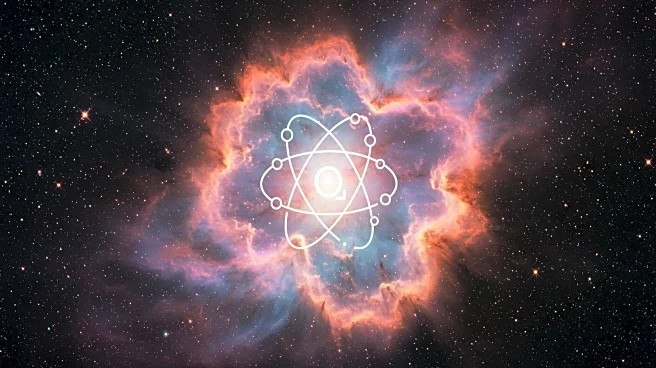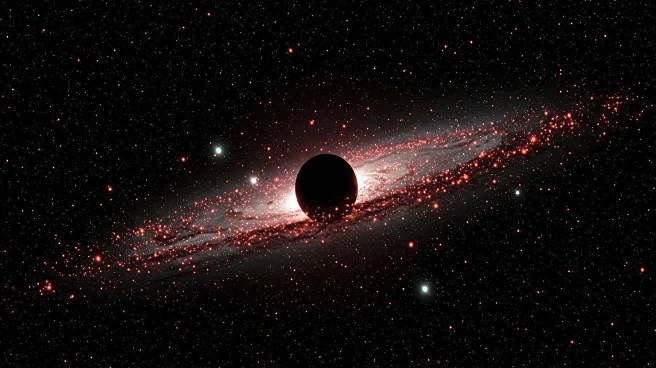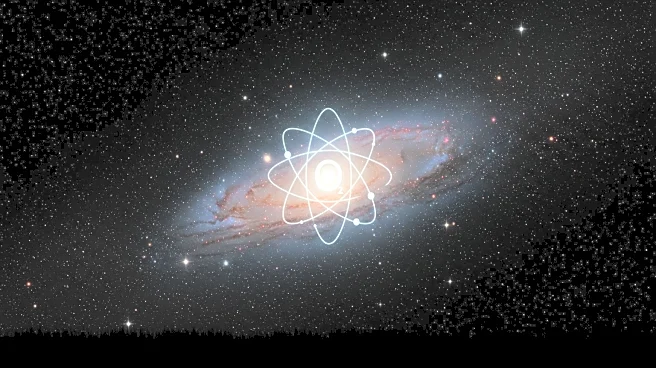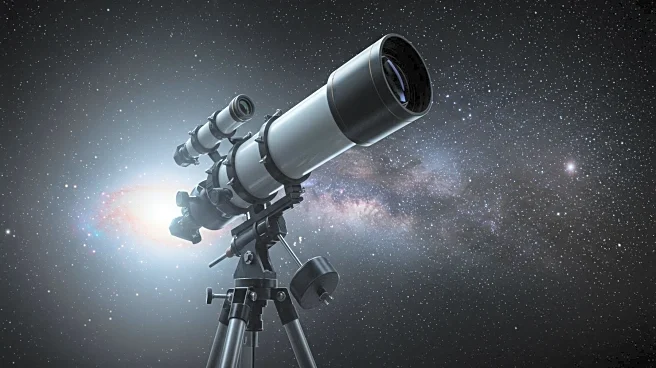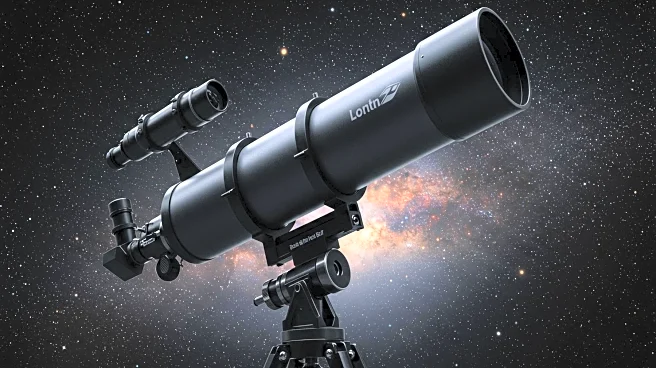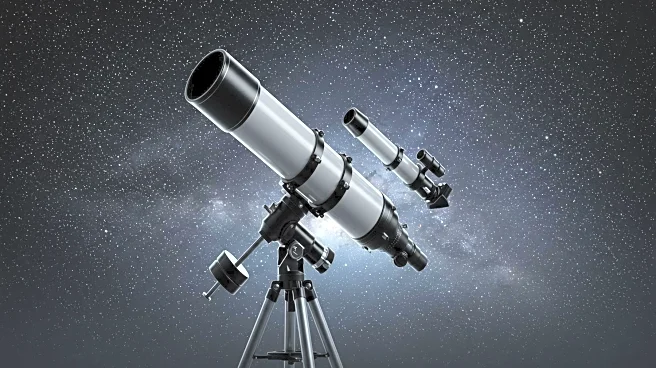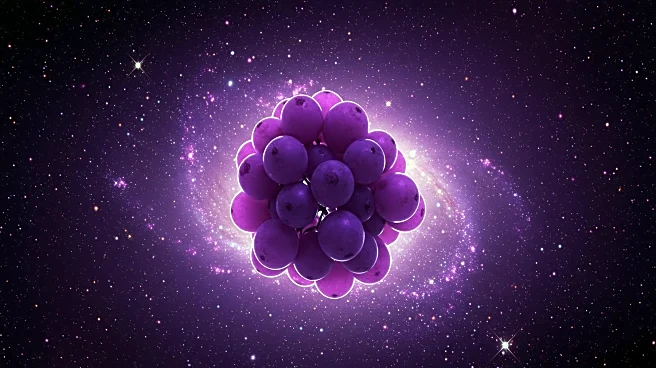Rapid Read • 9 min read
Astronomers have confirmed the existence of the earliest and most distant black hole, located in a galaxy named CAPERS-LRD-z9. This black hole, which formed approximately 500 million years after the Big Bang, is about 300 million times the mass of the Sun. The discovery provides insights into a class of celestial objects known as Little Red Dots (LRDs), which are bright, small, red objects appearing around 600 million years after the Big Bang and disappearing less than a billion years later. The James Webb Space Telescope's infrared capabilities have been crucial in revealing these objects during the universe's earliest epochs. The supermassive black hole at the center of CAPERS-LRD-z9 is an active galactic nucleus, enveloped in a glowing cocoon of gas and dust, which contributes to its red appearance.
AD
The confirmation of this early black hole is significant for understanding the formation and evolution of galaxies in the early universe. The presence of supermassive black holes in LRDs suggests that these objects played a role in galactic evolution, potentially influencing the development of galaxies like the Milky Way. The discovery challenges existing theories about black hole growth, as the black hole in CAPERS-LRD-z9 is much larger than expected for its age. This finding could lead to new insights into the processes that govern black hole formation and growth, impacting our understanding of cosmic history and the dynamics of the universe.
Researchers will continue to explore the implications of this discovery, potentially revising models of black hole growth and galactic evolution. Further observations using advanced telescopes like the James Webb Space Telescope may uncover more about the nature of LRDs and their role in the early universe. Scientists may investigate the origins of the seed black holes that led to such massive growth, considering possibilities like primordial black holes or Population III stars. These studies could provide a deeper understanding of the universe's formative years and the mechanisms behind the creation of massive celestial bodies.
The discovery of the earliest black hole raises questions about the nature of LRDs and their transient existence in the early universe. Understanding these phenomena could reveal new aspects of cosmic evolution and the conditions that led to the formation of galaxies. The research also highlights the capabilities of modern telescopes in pushing the boundaries of astronomical observation, offering a glimpse into the universe's distant past. This could lead to a reevaluation of the processes that shaped the cosmos, influencing future studies in astrophysics and cosmology.
AD
More Stories You Might Enjoy


